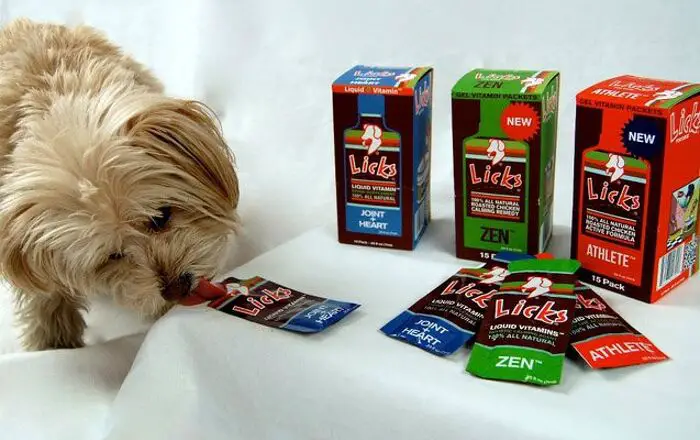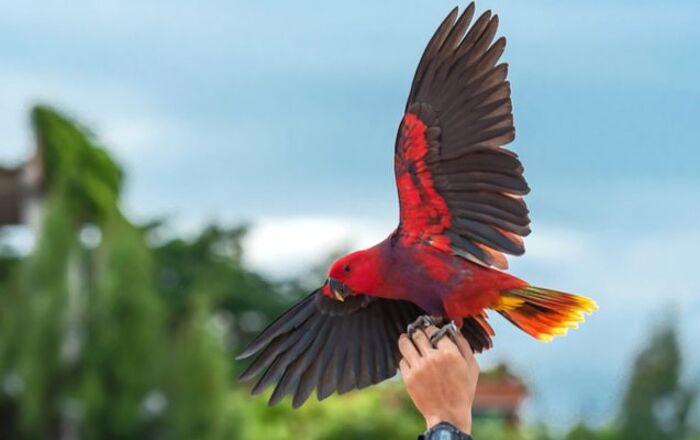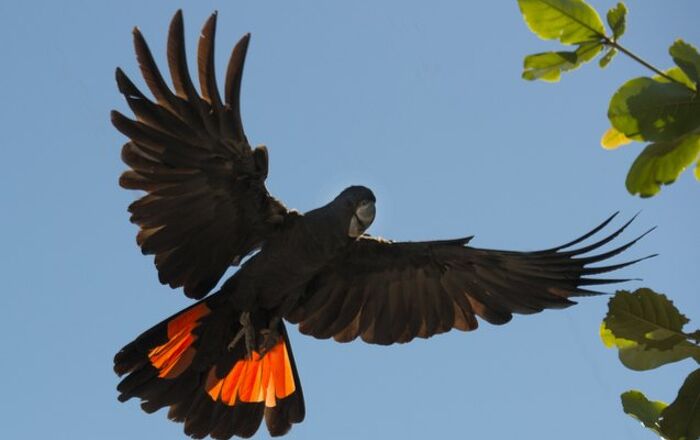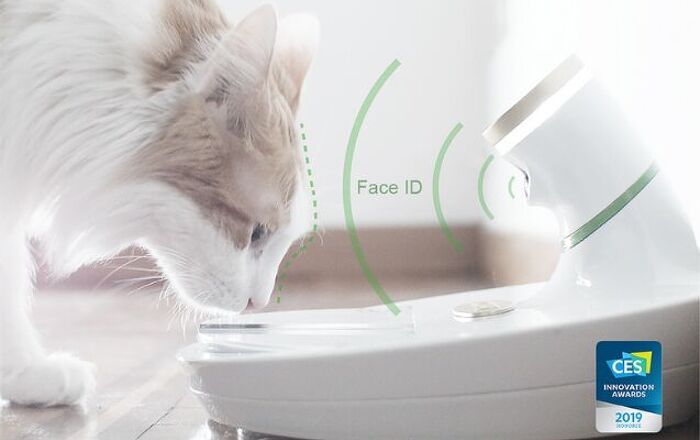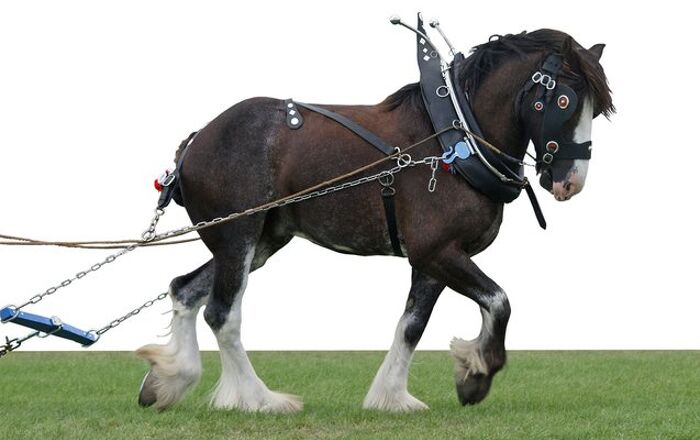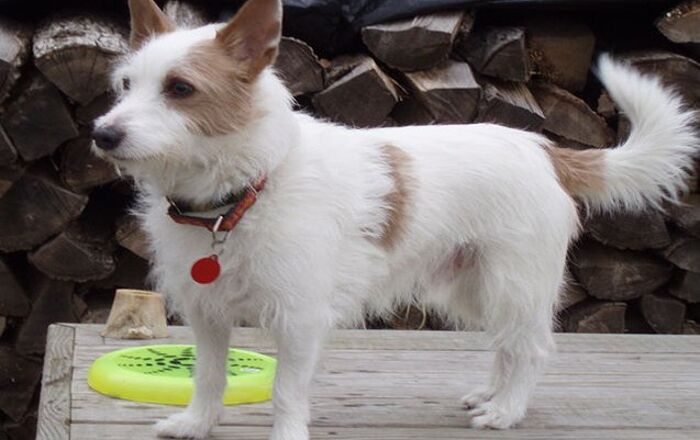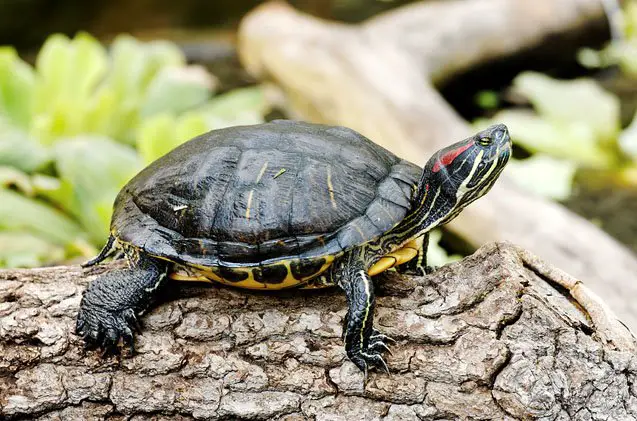
Cumberland Slider General Info
Because Cumberland Slider Turtles are related to the Red Eared Slider Turtle, they make great pets, and when it comes to their care requirements, they need the same things that Red Eared Slider Turtles would.
The differences between the Cumberland Slider and the Red Eared Slider include where they are found and their color (Cumberland Sliders are more yellow, as well as lighter in color, than Red Eared Sliders, and they don’t have the distinctive “red ear” either).
Cumberland Sliders make great pets.
Native Habitat
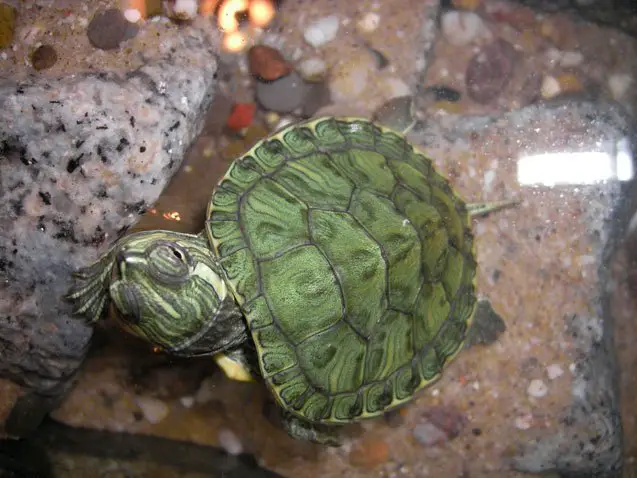
The Cumberland Slider Turtle can be found in the southeastern part of the United States, and the Mississippi River and Tennessee River drainages. They will be seen in quiet waters that feature mud at the bottom, so habitats like streams, lakes, and ponds are preferable. They also like environments where there is a lot of aquatic vegetation, basking spots, and organic substrate.
A lot of experts claim that the native land of these turtles is the Cumberland River Valley, which is found in Tennessee and Kentucky, but because of the pet trade, these turtles can now be found in Illinois, Georgia, and Alabama.
Overall Description
Cumberland Sliders have a couple of rounded projections that are located on the posterior edge of their shell, which is also a bit keeled. Adults will have a carapace that is oval and wrinkled, while the plastron will be a bit smaller compared to the carapace, and it will also be hingeless. Each of the marginals showcases a spot on the bottom side.
Male Cumberland Sliders will showcase long claws on their front legs, and they will be smaller than females. Females will also feature a shell that is domed more. Hatchings will look like their adult counterparts, but their carapace will be green and their plastron will be yellow.
Cumberland Sliders are known for being active and fun to watch.
Colors
The Cumberland Slider Turtle features an olive brown colored carapace, and you will also note this turtle’s yellow markings. There is a yellow bar behind each eye, and it can be wide or thin.
The turtle’s skin will be brown, but it will have a greenish or olive tint, along with yellow striping as well.
This turtle’s plastron will have stripes or bars of yellow color, along with dark spots like those on the carapace’s ridge. The front legs will feature large yellow stripes, and the backs of the turtle’s thighs will have alternating black and yellow stripes.
Environment
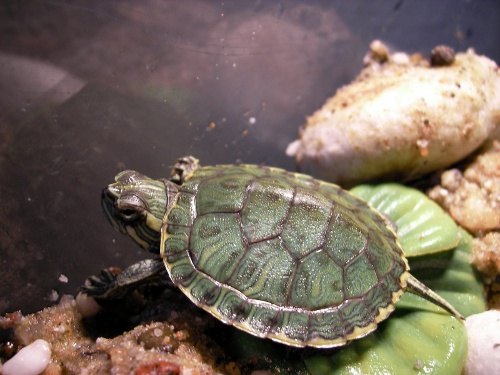
Turtles require just the specific living conditions if they are to thrive as family pets. This includes water temperature and housing as well. If you have a juvenile Cumberland Slider, you can house him in a 10 to 20 gallon tank, but an adult would need a 55 gallon tank. You can house a pair of adults in a 75 gallon tank. They can also be housed outdoors. But in that case you would have to provide additional protection from potential predators and the elements as well.
Only use fresh, filtered water in your turtle’s tank, and have a high quality filtration system working in the tank at all times. UVB lighting also needs to be provided to help your turtle stay healthy, and you can turn the lights off at night to mimic natural cycles.
In terms of substrate, these turtles do well with fine pea gravel or reptile sand. If you choose to use gravel, it should be big enough that your turtle will not be able to eat it. Try and find the ideal type of gravel for this breed – those better stocked pet stores should have a good selection.
Your turtle should be able to enjoy plenty of room for swimming, and he should be able to completely submerge himself and swim around. However, there should also be an area for basking that allows your pet to climb out of the water completely. This area should also be big enough that your turtle can completely dry off his plastron and shell, and he should be able to really stretch out and relax.
The water temperature should be set at 70-75°F, and the basking area should be set to 90°F. A cooler area should be on the opposite end of the basking area of the tank. Temperatures can drop to around 65°F at night, but a good daytime ambient temperature would be anywhere from the upper 70s to lower 80s.
If you have more than one Cumberland Slider Turtle, you may see them all basking together.
Care Requirements
Turtles are known to be relatively long-lived animals, just like their cousins – tortoises. In fact, some of the oldest creatures in the world belong to these species! The general rule is the bigger the turtle, the longer its lifespan. Slider turtles are no exception. While they won’t reach the ripe age of 100 years, their maximum lifespan is 30 years, which still makes up for a considerable number.
This means that the Cumberland Slider turtle can become such a big part of your life, staying in your home for up to 30 years! That’s a big portion of any person’s life. Over those years you can certainly bond with your pet, as much as that is possible. And together you will go through many changes, creating lasting memories.
Needless to say, a turtle can only reach its maximum lifespan if it is cared for properly. You will need to make sure that its living conditions are as good as possible, and that all their needs are met. Turtles can be both delicate and hardy, and a lot is dependent on their living conditions. Food and veterinary care are also important, so don’t neglect their basic needs if you want what’s best for your pet. Do everything right, and you’ll have a tiny turtle friend for up to three decades! Talk about a lasting friendship.
It is wrong to think that turtles, especially the small ones, are simple to take care of. Sure, they aren’t overly complex in their requirements, but they still require plenty of care and their owner’s attention and affection to stay happy and healthy. The first thing on the list of the things you will have to provide is a healthy diet. Cumberland Sliders prefer an omnivorous diet, so you can feed your pet a combination of commercial pelleted turtle food and then supplement that with mealworms, crickets, and leafy green vegetables, such as collard greens, turnip greens, and romaine. In the wild, the Cumberland Slider won’t hesitate to munch on tiny fish, tadpoles, insects, or worms. So don’t be squeamish feeding them these if your local pet food store has some.
Proper hygiene is also important for a turtle. As described above, their water and their living environment should be properly maintained, in order for the turtle to thrive. Fail to provide fresh water or a filtration system, and your little friend might become unhealthy all too soon.
Another important part of care requirements is general attention. Turtles are somewhat small, and if not cared for, they can get squished or injured. Avoid placing any heavy decorations in their aquarium that can fall over and injure them, and avoid placing them in eager but inexperienced hands. Trouble can be looming!
Behavior
These popular pet turtles are known for being active and fun to watch. They can get used to being handled, but they are the types of animals that will slide into the water whenever they are frightened while they are basking (hence the name “slider”).
If you have more than one Cumberland Slider Turtle, you may see them all basking together. They might even stack themselves on top of one another as they bask. Of course, the more the merrier is the motto, and a pair of Cumberland Sliders can be much more fun to observe than a solitary turtle. Either way, no day will be the same with one of these unique pets. Whether chilling and basking, or diving for food – they will love their little ecosystem!
Photo credit: Danny Steven S./Wikimedia; Satori1312/Bigstock

